If you’re cutting our gluten but still crave a hearty bowl of ramen, this gluten free beef ramen recipe is for you! Made with braised ribeye steak and grain-free cassava noodles, this dish is both delicious and gluten-free. The combination of tender beef, savory broth and chewy noodles creates a comforting meal. Topped with jammy eggs, green onions and chili oil this homemade ramen is absolutely stunning. Serve with an appetizer of homemade gyoza!
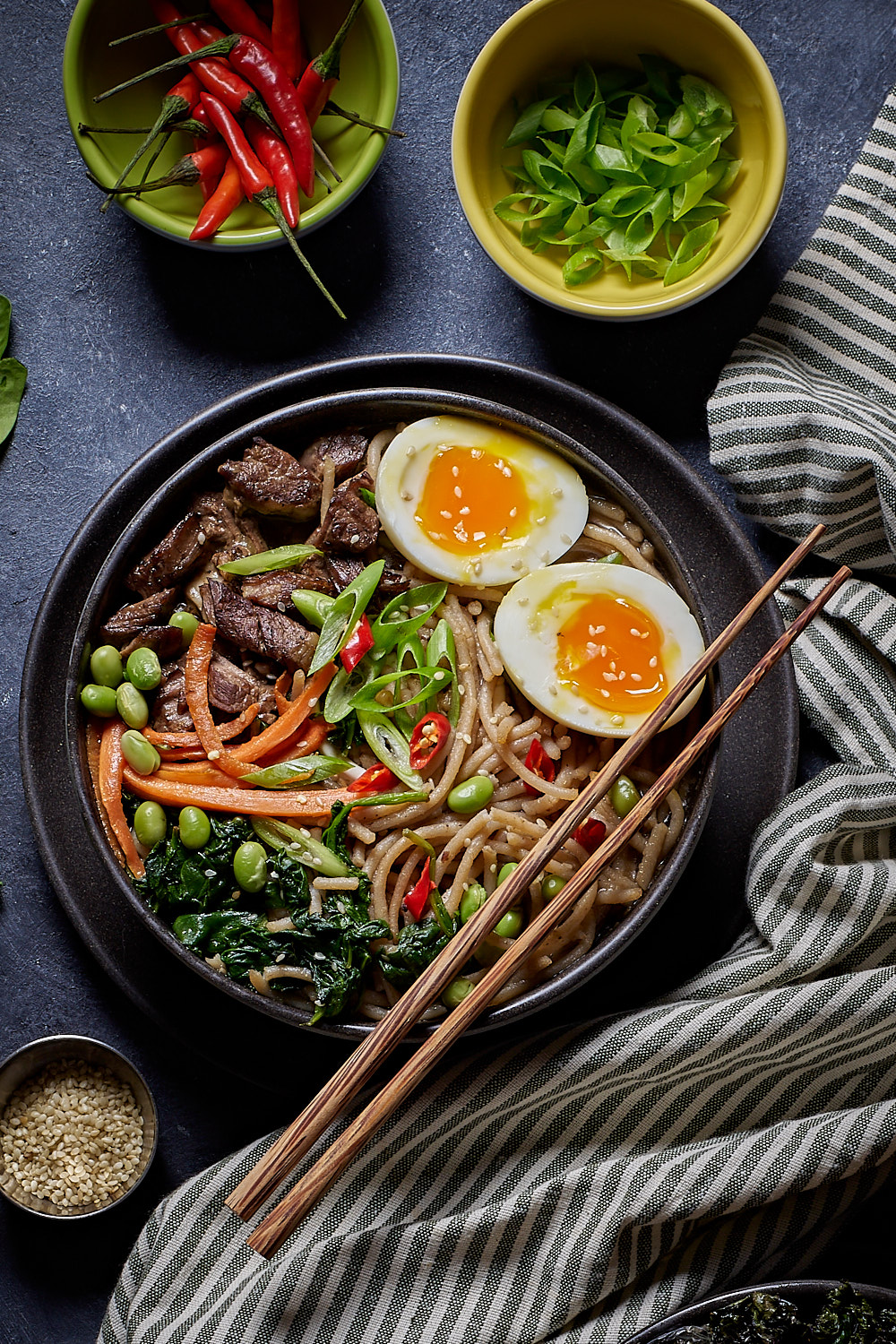
Table of Contents
Why Love This Recipe
- Perfect for people who follow a gluten-free diet and still want to enjoy the classic flavors of a bowl of ramen. We use a grain-free noodle so this recipe can easily be customized for those who follow paleo.
- The beef! Braised ribeye steak adds a delicious depth of flavor to the dish.
- Feeding picky eaters? This miso ramen is esy to make and can be customized to suit your entire family’s preferences.
- It’s impressive. Impress your guests with your culinary skills and tell them you spent hours slaving away in the kitchen. I won’t tell if you won’t.
- Rich flavors and comforting texture guaranteed to make you feel like you’re being hugged by a bowl of ramen. It’s like a warm, cozy blanket, but you can eat it.
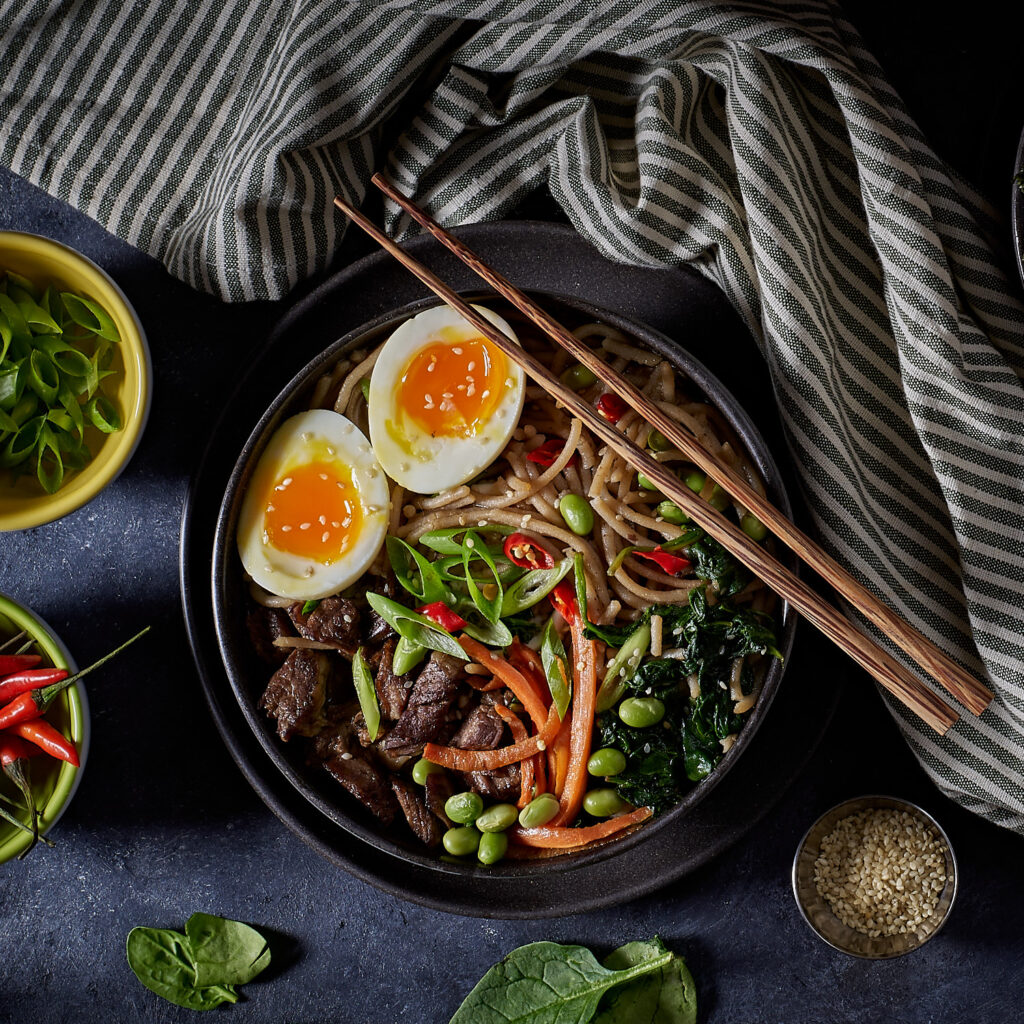
What’s the difference between ramen and pho?
Ramen and pho are both popular noodle soups from Asia, but they have some key differences in terms of their ingredients, broth, and seasonings. We can talk for days about the differences between the two but let’s break it down in a nutshell.
- Origin: Ramen comes from Japan, while pho hails from Vietnam.
- Noodles: Ramen noodles are made from wheat flour and are typically thicker and chewier than pho noodles, which are made from rice flour and have a thinner and more delicate texture.
- Broth: Ramen broth is usually made from pork, chicken, or beef bones that are simmered for hours to create a rich and flavorful broth. On the other hand, pho broth is typically made from beef bones and is flavored with aromatic spices such as cinnamon, star anise, and cloves, which give it a fragrant and slightly sweet taste.
- Toppings: Ramen and pho both have a variety of toppings, but they differ in terms of their ingredients. Ramen toppings often include eggs, bamboo shoots, green onions, and nori, while pho toppings usually include sliced beef, bean sprouts, Thai basil, and lime wedges.
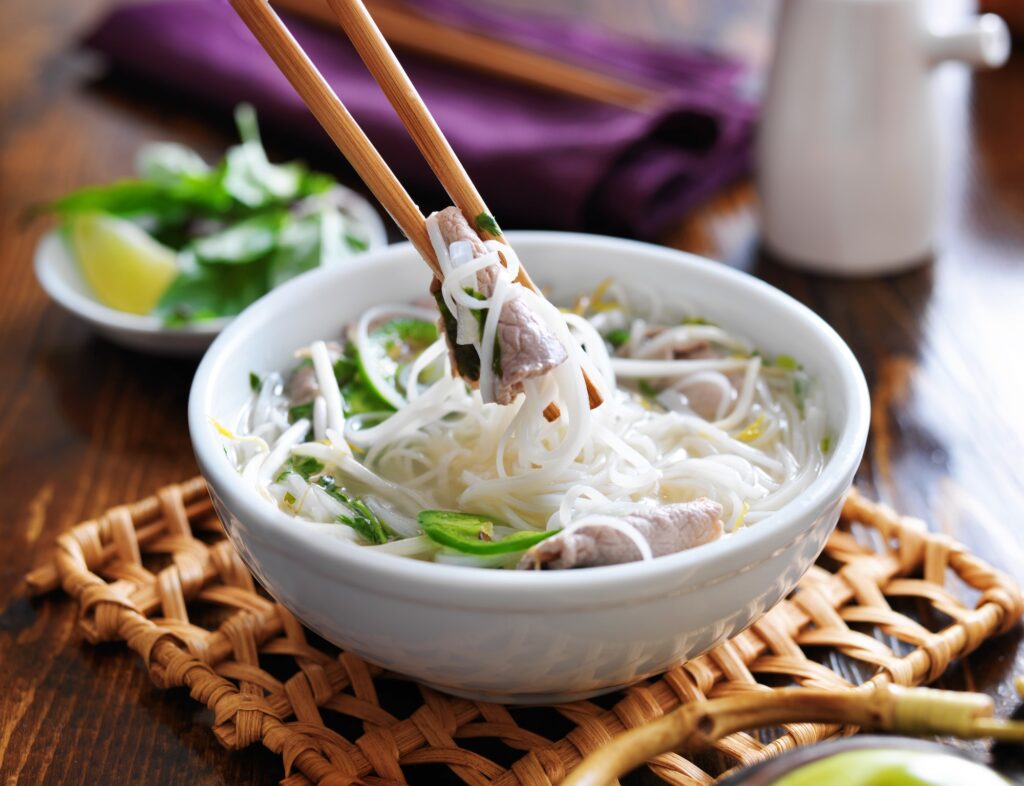
Is Ramen Gluten Free?
Traditional ramen noodles are made from wheat flour, which contains gluten, so they are not gluten-free. However, there are now gluten-free ramen noodle options available that are made from alternative flours such as rice flour, corn flour, or quinoa flour. These gluten-free ramen noodles are typically thinner and more delicate than traditional wheat-based ramen noodles, but they can still be used to make a delicious and satisfying bowl of ramen. I made a version of the ramen for my mother is who is doing paleo so I opted for a grain-free noodle made from cassava by Jovial.
Depending on how it’s made and what ingredients are used, some ramen broths are made with soy sauce or other wheat-based seasonings, which contain gluten. If you’re following a gluten-free diet, it’s important to read labels carefully and ask about ingredients when dining out to ensure that the ramen you’re consuming is gluten-free.
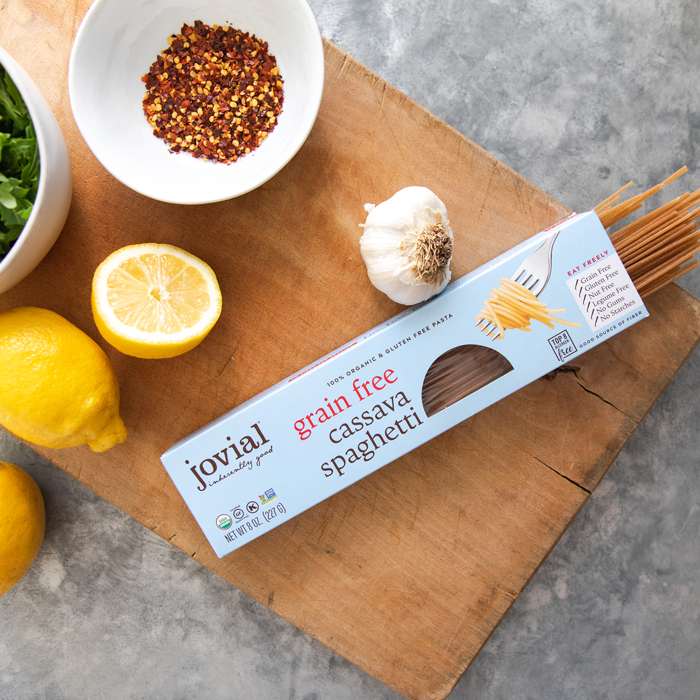
What is Cassava Pasta?
Cassava pasta is made from a flour that is derived from the starchy root of the cassava plant. Also known as yucca or manioc, cassava is a staple crop in many parts of the world, including South America, Africa, and Asia.
Cassava pasta is typically gluten-free, making it a great option for people who are allergic or intolerant to wheat. It is also paleo-friendly and grain-free, which has made it a popular alternative to traditional wheat-based pasta.
The texture is similar to that of wheat-based pasta, but it has a slightly nutty flavor that sets it apart. It can be used in a variety of dishes, from classic spaghetti and meatballs to creamy fettuccine alfredo or in our case, miso ramen!
Add Additional Flavor with a Miso Tare
Miso tare is a Japanese seasoning made from miso paste, which is fermented soybean paste. It is used to add an umami flavor and depth to ramen broths, as well as other dishes such as noodle soups, stews, and marinades. Miso tare has a complex flavor profile that is both savory and slightly sweet, with notes of nuttiness, earthiness, and umami.
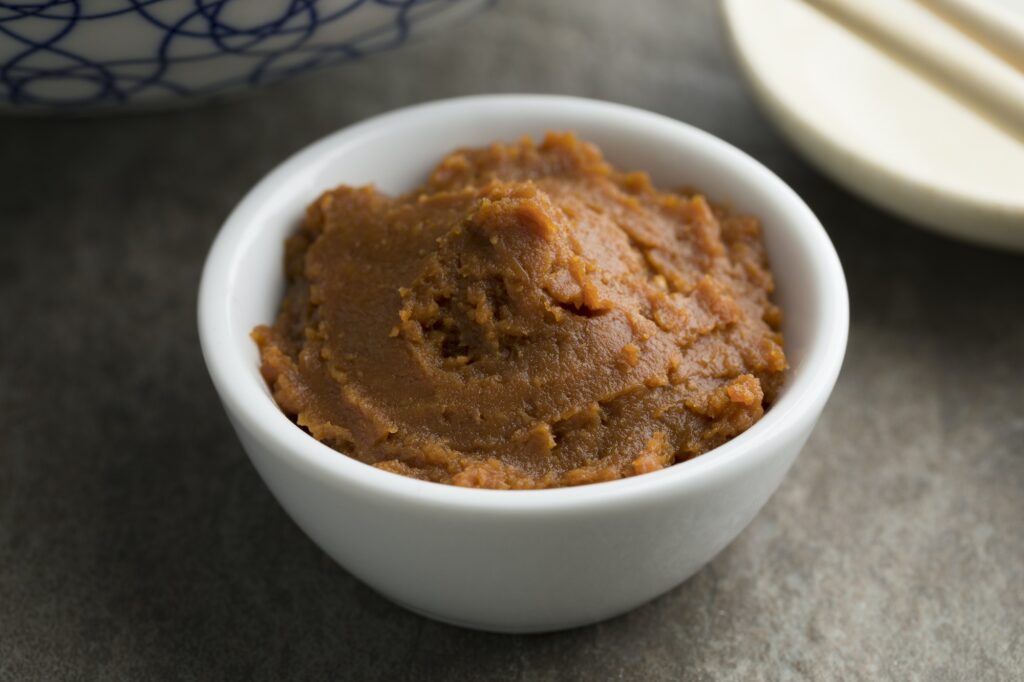
Miso Ramen Ingredients
For the Beef Broth
- Aromatics: Onion (red, white, yellow or shallots), fresh garlic, mushrooms (shitake, cremini or other variety) and fresh ginger.
- Tamari: You can also use gluten-free soy sauce.
- Fish Sauce
- Rice Wine Vinegar: You can also use apple cider vinegar or red wine vinegar.
- Beef Broth: Homemade or a high-quality broth for your local grocery store. You can also use chicken broth or vegetable broth.
- Granulated Sugar
- Ribeye Steak: This is the main ingredient for the rich and flavorful beef broth.
For the Miso Tare
- Miso Paste: You can use red or white. Be sure it is labeled as gluten-free.
- Ginger
- Mirin
- Sake
- Sesame Oil
- Avocado Oil: To bloom the ginger.
For the Ramen
- Cassava Pasta: If you are not gluten intolerant, feel free to use regular ramen noodles. Other gluten free ramen noodles include those make with rice. Zucchini noodles would be another great option.
- Jammy Eggs: These soft-boiled eggs with a custard-like yolk are a popular topping for ramen and add richness and depth of flavor to the dish.
- Edamame: These are young soybeans that are typically served steamed and salted. They are a good source of protein and add a nice pop of color and texture to the ramen.
- Green onions: These are a staple topping for ramen and add a mild onion flavor and crunch.
- Fresh Carrots & Sauteed Spinach: These are healthy and colorful toppings that add texture, nutrients and sweetness to the dish.
- Sesame Seeds and Red Pepper Flakes: Optional garnishes that add additional flavor, heat and texture.
- Red Chilis: For additional heat and spice.
- Chili Crisp: This classic and flavorful recipe is made with a blend of aromatic spices, fiery chiles, fragrant Sichuan peppercorns, pungent garlic and fresh scallions.
How Make Braised Beef Miso Ramen
1. Sear the Ribeye
Heat 2 tablespoons of avocado oil in a large, heavy-bottomed pot or Dutch oven over medium-high heat.
Thinly slice the ribeye. If you freeze the steak for about 30 minutes, it’ll make it easier to slice.
Season the ribeye steak with salt and pepper, and add it to the pot. Sear the steak on both sides until browned, about 3-4 minutes total.
2. Make the Beef Broth
Remove the cooked beef from the pot and set it aside. In same pan, add onions, garlic and mushrooms. Sautee until lightly charred but not burnt.
Add chopped ginger, granulated sugar, rice vinegar, tamari or gluten-free soy sauce, fish sauce, beef broth and water to the pot. Stir to combine.
Bring the mixture to a boil, then reduce the heat to low.
3. Braise the Beef
Add the seared steak back to the pot, and cover with a lid.
Simmer the beef for 1-2 hours until it is tender.
4. Make the Tare
While the beef is braising, make the miso tare.
Bloom the ginger: In a small saucepan, heat 2 tablespoons of oil over medium heat. Add the minced ginger and bloom for about 30 seconds to a minute. Remove from heat.
Add the miso paste, mirin sake and sesame oil to the pan. Whisk until well combined.
5. Make the Jammy Eggs
Bring a pot of water to a boil. Carefully add 4 eggs to the pot and boil for exactly 7 minutes.
While the eggs are boiling, prepare a bowl of ice water.
After 7 minutes, use a slotted spoon to transfer the eggs to the ice water and let them cool for 2-3 minutes.
Peel the soft boiled eggs and cut them in half. The yolks should be slightly runny (jammy).
6. Sautée the Spinach
Wash a bunch of spinach and remove the stems. Heat a tablespoon of oil in a skillet over medium-high heat.
Add the spinach to the skillet and cook for 1-2 minutes until wilted. Season with salt and pepper, and remove from heat.
7. Cook the Pasta
Cook your chosen noodles according to the package instructions. We used Cassava Spaghetti, which took 11 minutes to cook. Drain and rinse the noodles under cold water.
8. Assemble The Ramen
Add 1-2 tablespoons of the miso tare to the bottom of a large bowl.
Top with the cooked noodles.
Ladle the hot beef broth over the noodles until the bowl is full.
Top the ramen with sliced ribeye steak, jammy soft boiled eggs, edamame, spinach, carrots, sliced green onions, sliced red chilis. Garnish with sesame seeds and a drizzle of chili oil crisp.
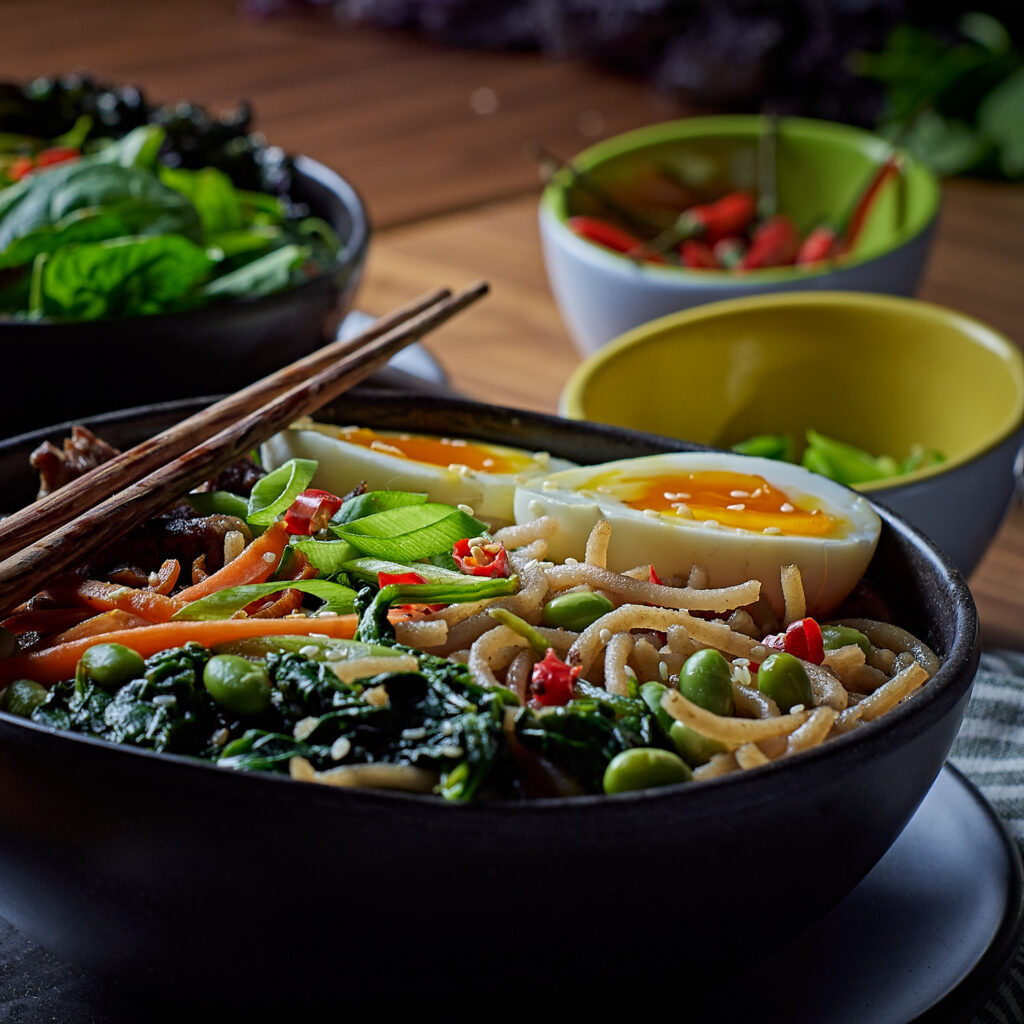
Miso Ramen Toppings
Let’s be honest, what makes a bowl of ramen truly special should be the broth but in my opinion, it’s the toppings. From tender slices of braised beef to a perfectly soft-boiled egg, the right toppings can take your ramen game to the next level. Feel free to get creative. Here are some of the most popular and traditional options.
- Jammy eggs: These are a classic topping for ramen and add richness and depth of flavor to the dish.
- Nori sheets: These sheets of dried seaweed add a salty, umami flavor and a crispy texture.
- Green onions: Green onions are a must! They add a mild onion flavor and crunch.
- Bean sprouts: A common topping for ramen, adding a crunchy texture and fresh flavor.
- Bamboo shoots: Pickled bamboo shoots are a tasty addition to any bowl of ramen. These slices of bamboo shoots are marinated in a flavorful blend of soy sauce, sugar, and other seasonings, creating a unique and delicious taste.
- Mushrooms: Different types of mushrooms, such as shiitake or enoki, can be added to ramen for an earthy flavor, additional umami and chewy texture.
- Spinach: Cooked or raw, this leafy green can be added to ramen for a healthy and nutrient-packed topping.
- Sesame seeds: Toasted sesame seeds add a nutty and additional texture to the ramen.
- Chili oil: This spicy condiment is made by infusing oil with dried chili peppers. It adds heat and flavor.
- Chili Crisp: Chili crisp is another great topping option for ramen! This spicy and crunchy blend is a traditional recipe made with a mix of fiery chiles, Sichuan peppercorns, fragrant spices, garlic, and scallions. What sets chili crisp apart is its perfect blend of crispy texture and savory flavor. Just a spoonful or two can elevate the flavor of a bowl of ramen and add a satisfying heat.
- Edamame: These are young soybeans that are commonly boiled and salted. They are a great source of plant-based protein and add a slightly sweet and nutty flavor.
- Corn kernels: These sweet and crunchy kernels are another popular ramen topping that add a burst of sweet flavor and texture.
- Red chilies: If you’re a fan of spicy food, red chilies are a must-try topping for your ramen.
- Carrots: Thinly sliced or julienned carrots add a sweet and crunchy texture. They also provide a pop of bright color that can make your bowl of ramen even more visually appealing.
Expert Tips
- Use high-quality ingredients: A great bowl of ramen starts with high-quality ingredients. Choose fresh vegetables, tender cuts of meat, and flavorful broths.
- Don’t overcook the noodles: It’s important to keep an eye on the noodles and not overcook them. Following the instructions on the package will help.
- Experiment with toppings: Ramen is a versatile dish that can be customized with a wide variety of toppings. Try adding your favorite vegetables, proteins, and spices to create a bowl that suits your taste preferences.
- Don’t forget the garnishes: A sprinkle of sesame seeds, a drizzle of chili oil, or a dash of green onions can add the finishing touch to your ramen and take it from good to great.
- Serve hot: Ramen is best served piping hot. Consider preheating your bowls to keep the soup hot for longer.
What to serve with ramen
- Gyoza: These Japanese-style dumplings are a popular side dish for ramen. They are typically filled with ground pork and vegetables and can be pan-fried or steamed.
- Japanese-style salad: A light and refreshing salad with mixed greens, cucumber, carrot, and radish dressed with a soy-based dressing is a great accompaniment to the rich flavors of ramen.
- Tempura vegetables: A plate of crispy tempura vegetables, such as sweet potato, green beans, and eggplant, is a great way to add some crunch to your meal.
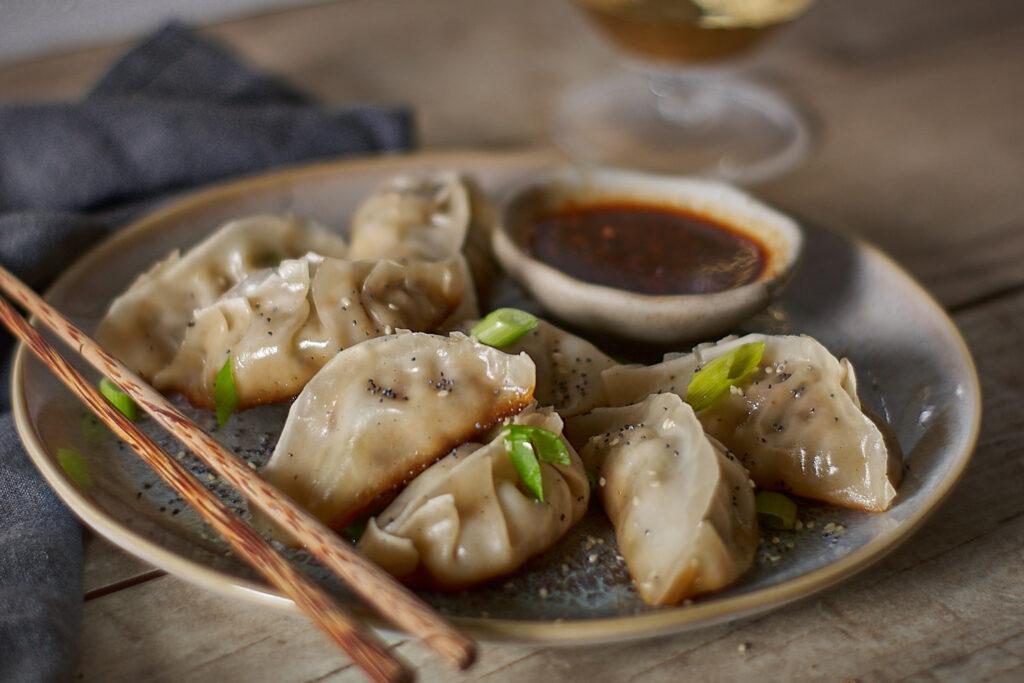
How to Store Leftover Gluten Free Ramen Noodles
Transfer the leftover gluten free ramen to an airtight container. If you have leftover broth, you can store it separately in another airtight container. Place the in the fridge and consume leftover ramen within 3 days.
How to Reheat Leftover Ramen
- Transfer the ramen to a microwave-safe bowl and cover it with a lid or microwave-safe plate to cover the bowl.
- Microwave on high for 1-2 minutes, depending on the amount of ramen you’re reheating. Check the ramen after 1 minute and stir it gently. If the noodles are still cold, continue to microwave in 30-second increments until the desired temperature is reached.
- If you prefer to reheat the ramen on the stovetop, transfer it to a saucepan and add a small amount of water or broth to the pan. Heat the ramen over medium heat, stirring gently until it’s heated through. Be careful not to overheat the noodles as they can become mushy.
- Once the ramen is heated through, remove it from the heat and add any toppings you like, such as sliced green onions, sesame seeds, or chili oil.
Is this gluten free ramen recipe paleo friendly?
The recipe includes some ingredients that are not typically considered paleo-friendly, such as miso paste, rice vinegar and soy sauce. While these ingredients may not be suitable for strict adherents of the paleo diet, I do use a paleo-friendly noodle, which is grain-free. So it’s paleo-ish. See below on how to customize this recipe to be fully paleo.
How to Make Paleo Friendly Beef Ramen
To make this recipe paleo, here are some suggested substitutions:
- Soy Sauce: Use coconut aminos in place of soy sauce. Coconut aminos have a sweeter flavor than soy sauce so you make have to add salt to taste.
- Beef Broth: If you are not making homemade beef broth, be sure the store-brought version does not contain any sugar or cornstarch.
- Granulated Sugar: Use coconut sugar in place of regular sugar.
- Miso Paste: There is some debate when it comes to whether or not miso is paleo friendly. If you have decided to avoid miso, simply omit it altogether.
- Sake & Mirin: Replace these two with 1 tbsp of coconut sugar and 1 tbsp of water or omit altogether.
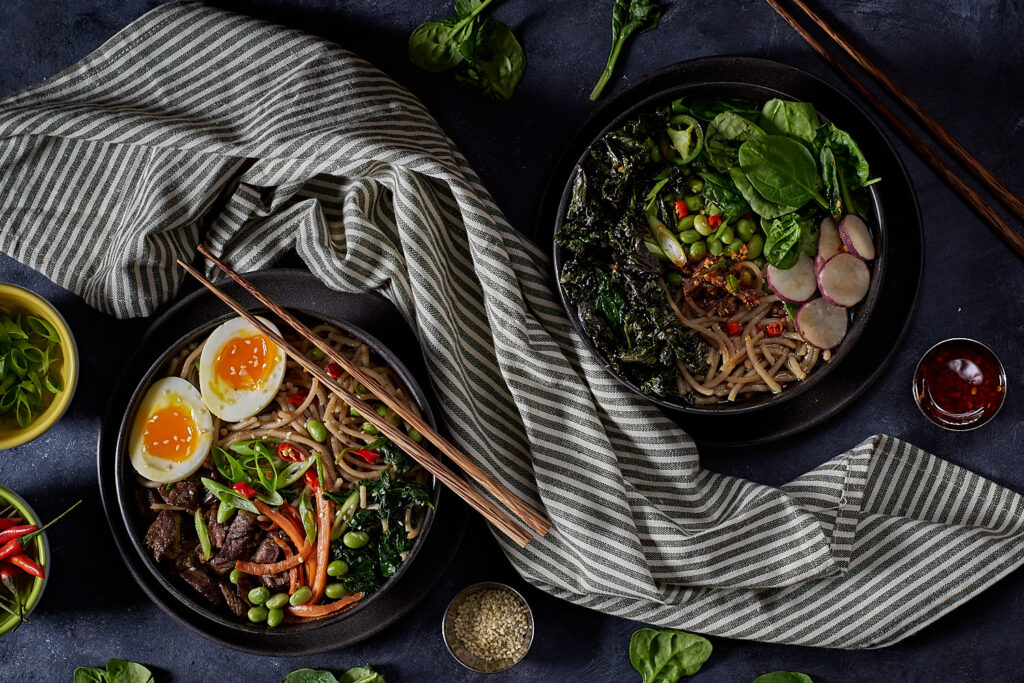
Gluten free ramen with braised beef is a delicious and satisfying meal that can be enjoyed by those with gluten sensitivities or preferences. The use of cassava noodles provides a grain-free alternative to traditional wheat-based ramen noodles, while the rich and flavorful miso broth, tender braised ribeye steak, and array of toppings add depth and texture to the dish.
Looking for more comforting dishes?
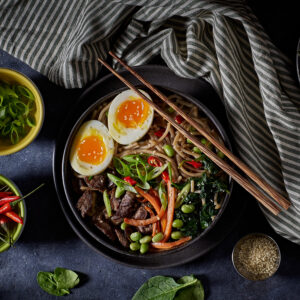
Gluten-Free Braised Beef Miso Ramen
Posted by DeeIngredients
For the Beef Broth
- 1 pound ribeye steak
- 2 tbsp avocado oil
- 1 onion, roughly chopped
- 2 cups mushrooms, whole or sliced
- 6 cloves garlic, smashed
- 1 inch knob of ginger, peeled and roughly chopped
- 2 tbsp granulated sugar
- 1/4 cup rice vinegar
- 1/2 cup tamari or gluten free soy sauce
- 1 tbsp fish sauce
- 4 cups beef broth – homemade or high-quality store bought
- 4 cups water
For the Miso Tare
- 1 tbsp avocado oil
- 1 tbsp minced ginger
- 1/4 cup miso paste, white or red, make sure it’s labelled as gluten-free
- 1 tbsp sake
- 1 tbsp mirin
- 1/2 tsp sesame oil
For the Ramen & Toppings
- grain-free cassava spaghetti
- 4 jammy eggs, halved
- 1 cup edamame
- 2 red chilis, sliced
- 1 bunch green onions, chopped
- 1/2 cup carrots, julienne
- 1/2 cup spinach, sauteed with avocado oil
- sesame seeds
- chili crisp
Instructions
Sear the Ribeye
- Heat 2 tablespoons of avocado oil in a large, heavy-bottomed pot or Dutch oven over medium-high heat.
- Thinly slice the ribeye. If you freeze the steak for about 30 minutes, it’ll make it easier to slice.
- Season the ribeye steak with salt and pepper, and add it to the pot. Sear the steak on both sides until browned, about 3-4 minutes total.
Make the Beef Broth
- Remove the steak from the pot and set it aside. In same pan, add onions, garlic and mushrooms. Sautee until lightly charred but not burnt.
- Add chopped ginger, granulated sugar, rice vinegar, tamari or gluten-free soy sauce, fish sauce, beef broth and water to the pot. Stir to combine.
- Bring the mixture to a boil, then reduce the heat to low.
Braise the Beef
- Add the seared steak back to the pot, and cover with a lid.
- Simmer the beef for 1-2 hours until it is tender.
Make the Miso Tare
- While the beef is braising, make the miso tare.
- Bloom the ginger: In a small saucepan, heat 2 tablespoons of oil over medium heat. Add the minced ginger and bloom for about 30 seconds to a minute. Remove from heat.
- Add the miso paste, mirin sake and sesame oil to the pan. Whisk until well combined.
Make the Jammy Eggs
- Bring a pot of water to a boil. Carefully add 4 eggs to the pot and boil for exactly 7 minutes.
- While the eggs are boiling, prepare a bowl of ice water.
- After 7 minutes, use a slotted spoon to transfer the eggs to the ice water and let them cool for 2-3 minutes.
- Peel the eggs and cut them in half. The yolks should be slightly runny (jammy).
Sautée the Spinach
- Wash a bunch of spinach and remove the stems. Heat a tablespoon of oil in a skillet over medium-high heat.
- Add the spinach to the skillet and cook for 1-2 minutes until wilted. Season with salt and pepper, and remove from heat.
Cook the Pasta
- Cook your chosen noodles according to the package instructions. We used Cassava Spaghetti, which took 11 minutes to cook. Drain and rinse the noodles under cold water.
Assemble the Ramen
- Add 1-2 tablespoons of the miso tare to the bottom of a large bowl.
- Top with the cooked noodles.
- Ladle the hot beef broth over the noodles until the bowl is full.
- Top the ramen with sliced ribeye steak, jammy soft boiled eggs, edamame, spinach, carrots, sliced green onions, sliced red chilis. Garnish with sesame seeds and a drizzle of chili oil crisp.
Notes
To make this recipe paleo, here are some suggested substitutions: Soy Sauce: Use coconut aminos in place of soy sauce. Coconut aminos have a sweeter flavor than soy sauce so you make have to add salt to taste.
Beef Broth: If you are not making homemade beef broth, be sure the store-brought version does not contain any sugar or cornstarch.
Granulated Sugar: Use coconut sugar in place of regular sugar.
Miso Paste: There is some debate when it comes to whether or not miso is paleo friendly. If you have decided to avoid miso, simply omit it altogether.
Sake & Mirin: Replace these two with 1 tbsp of coconut sugar and 1 tbsp of water or omit altogether.



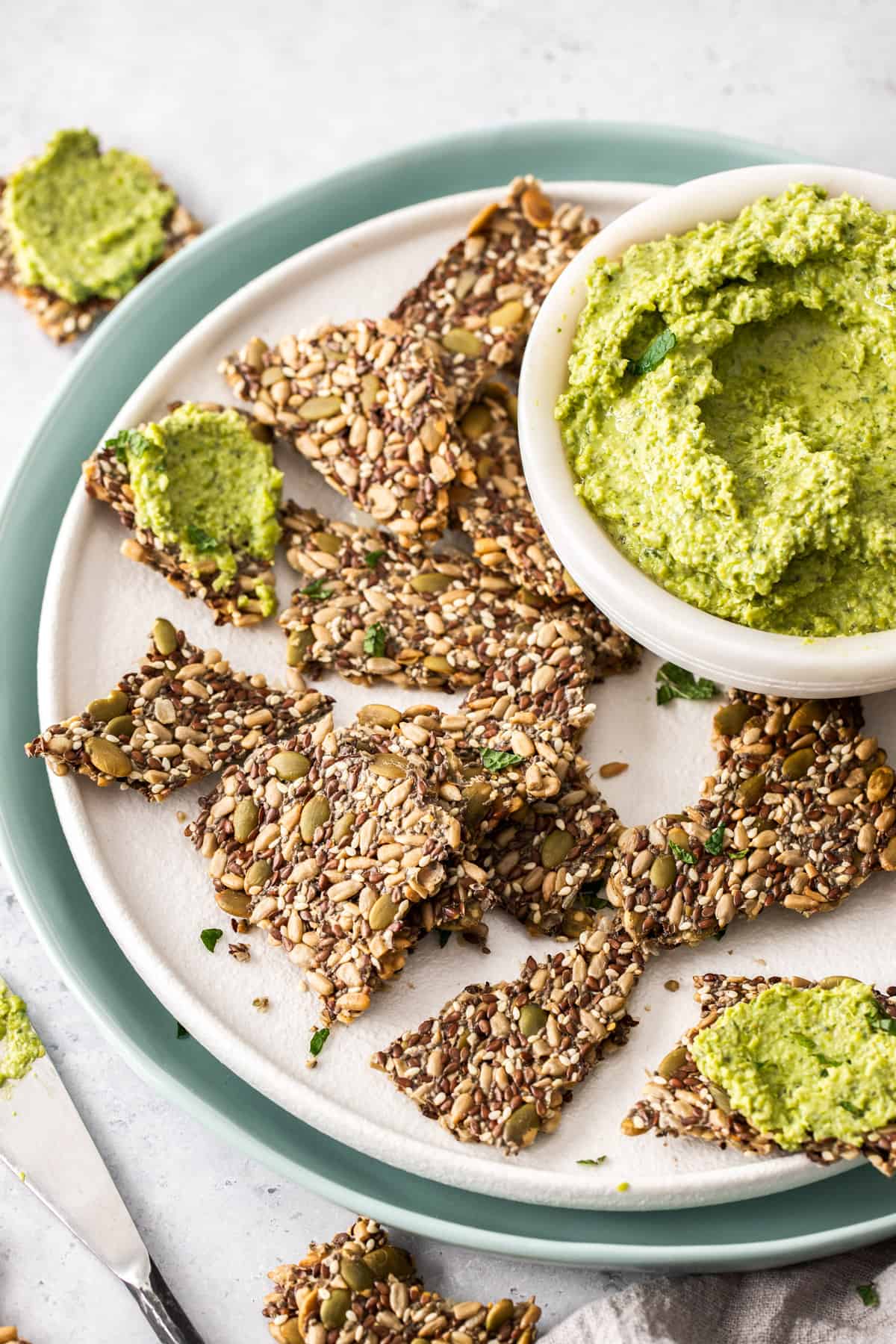





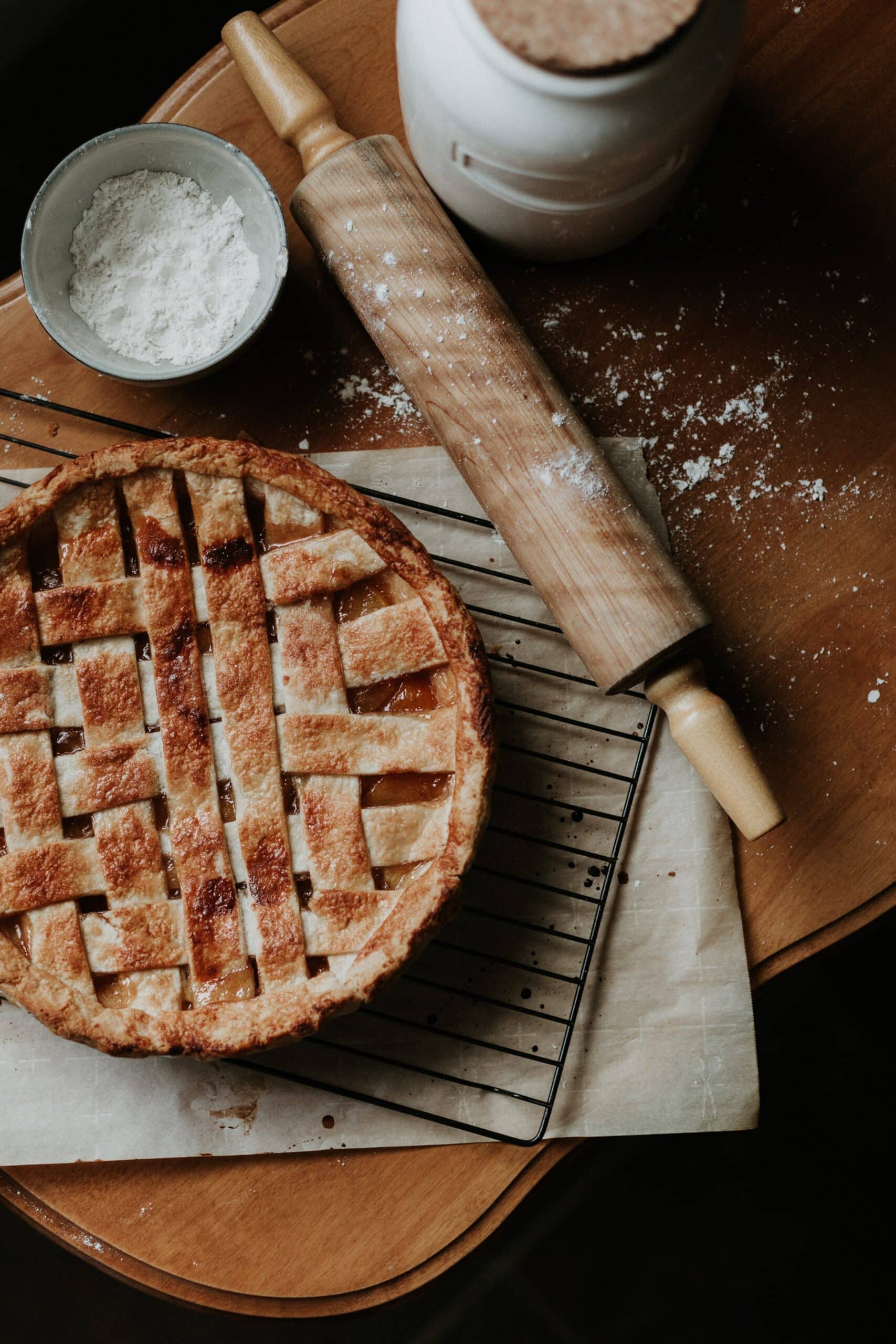
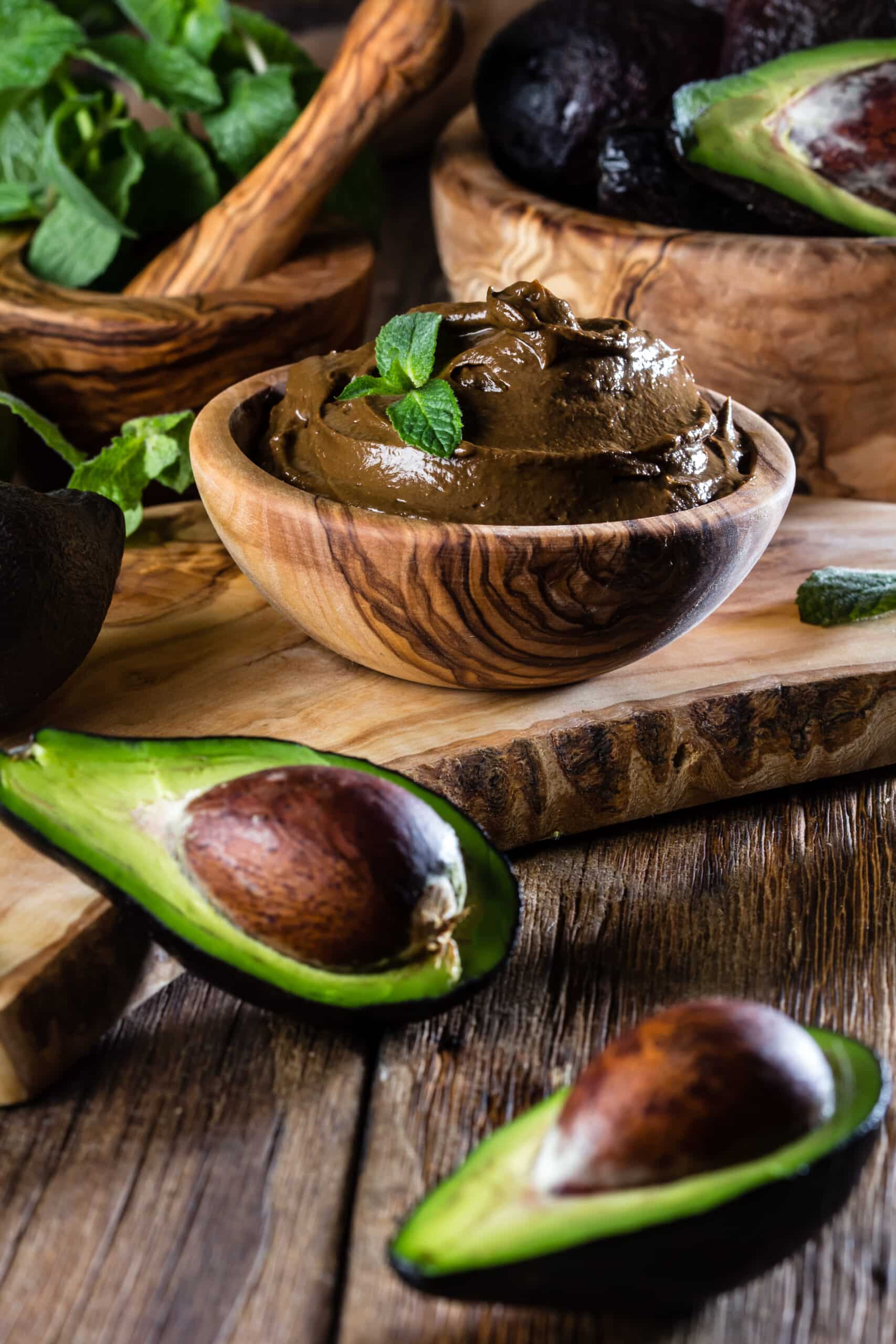
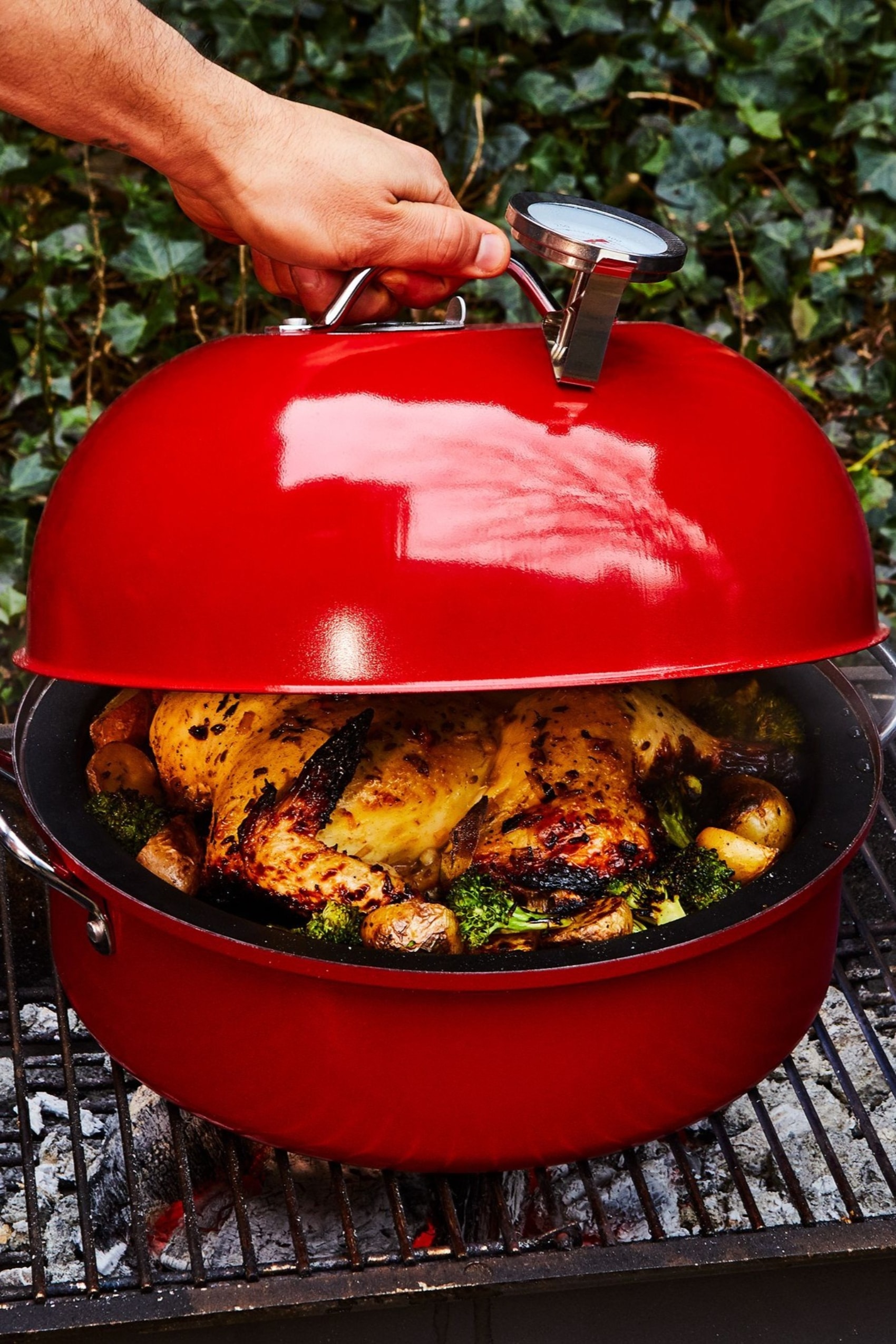
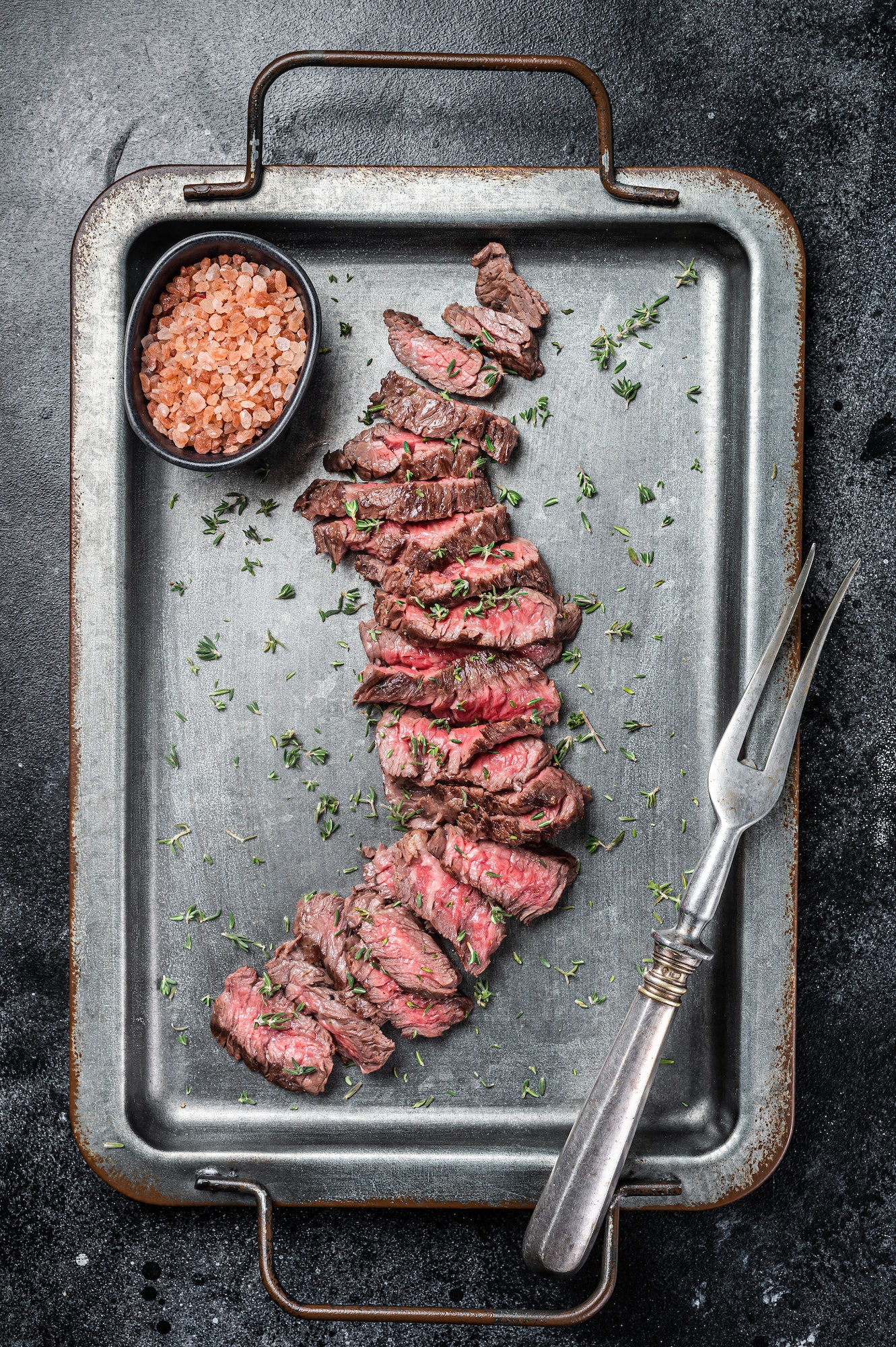

3 Responses
What a delicious and fun recipe idea! There is so much flavor from the miso and the perfectly cooked beef. I’d eat this any day!
Wow! This is such a great-looking Ramen dish! At first glance, you’ll definitely be enticed by how it was presented! Looks so yummy and very much appealing! As I’m a Ramen lover, I’ll definitely make this at home!
I love making easy recipes especially if it is a gluten-free recipe. I made this last night for dinner, and my husband loves it!